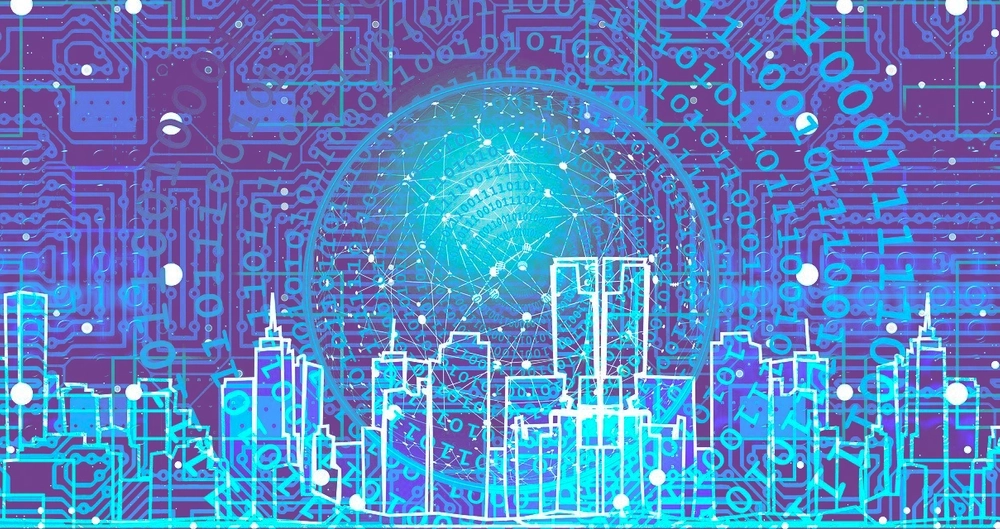Our world is changing at an unprecedented speed, involving challenges such as the population growth, the environmental degradation and the economic recession. As society becomes more reliant on technology, the progressive electrification and decarbonization of economy will intensify leading to a more complex electricical system.
The future technologies will need vast quantities of electricity and will become increasingly digital. However, as systems become more dynamic and responsive, they also grow more vulnerable, requiring greater cybersecurity and resilience into the infrastructure designs and operations. As a response to these challenges, the concept of smart grid arises.
What is a smart grid?
A smart grid integrates the digital and physical structures of a network into one entity improving its reliability, resilience and efficiency. This is achieved by digitalizing the grid devices for an enhanced sensing and control, widespread communication, powerful computing and precise operation achieving a remote monitoring, controlling and automation of the network.
The smart grids implementation thrives due to the improved performance and declining costs of technologies. Digital networks allow greater information exchange between utilities and customers, and the convergence of the electric grid with other infrastructures such as buildings, transportation and telecommunications.
Which are the principal components of a smart grid?
Firstly, the field devices within the physical infrastructure to monitor and measure processes, communicate data to operators, and often automatic adjusting of processes. Utilities are installing millions of digital devices, such as smart meters and intelligent electronic devices, throughout the transmission and distribution grid for sensing and control purposes.
Secondly, the communications that share data among devices and systems with the adequate speed and size are critical.
Thirdly, the data management and computing systems that process, analyze, and help in the decision making. Taking full potential of latest technologies often requires utilities to upgrade and integrate multiple information management systems. Advances in data analysis and modelling imply the application of probabilistic and predictive approaches for the grid management, with the ultimate goal of developing a self-healing grid.
Which are the requirements for a smart grid deployment?
- Implementation of smart technologies (real-time, automated and interactive), for metering, communications and distribution automation.
- Deployment of digital information and control technologies to improve the grid reliability, resilience, cybersecurity and efficiency.
- Fully integration of distributed energy resources, including energy storage and peak-shaving technologies, such as batteries, electric vehicles and thermal-storage.
- Incorporation and promotion of operative strategies that enable the demand response, optimize the efficiency and allow predicting the energy consumption.
- Integration of smart applications in the consumer devices providing real-time information and control options.
- Development of standards and protocols for bidirectional communication and interoperability between different assets.
Which are the barriers for a smart grid?
Firstly, the uncertainty about regulators, considering both their role and financial incentives. Secondly, the difficulties of making a business case for a digital grid. Thirdly, the potential cybersecurity breaches.
What does the smart grid success depend on?
The main driver for the smart grids deployment is the proliferation of distributed energy devices, such as photovoltaic systems and batteries, continuously increasing due to the more restrictive environmental policies, lowering technology costs, and changing customer expectations and consumption patterns.
The integration of these distributed assets increases the complexity of the power system, implying challenges to traditional approaches for its planning and the electricity market operation.
Addressing these challenges will require a holistic planning approach that considers long-range possibilities and integrates the considerations of regulators, utilities, customers, grid service providers, and manufacturers. In terms of technology, smart grids require dynamic conditions adaptation, the coordination of millions of devices, and a safety and resilient operation.





